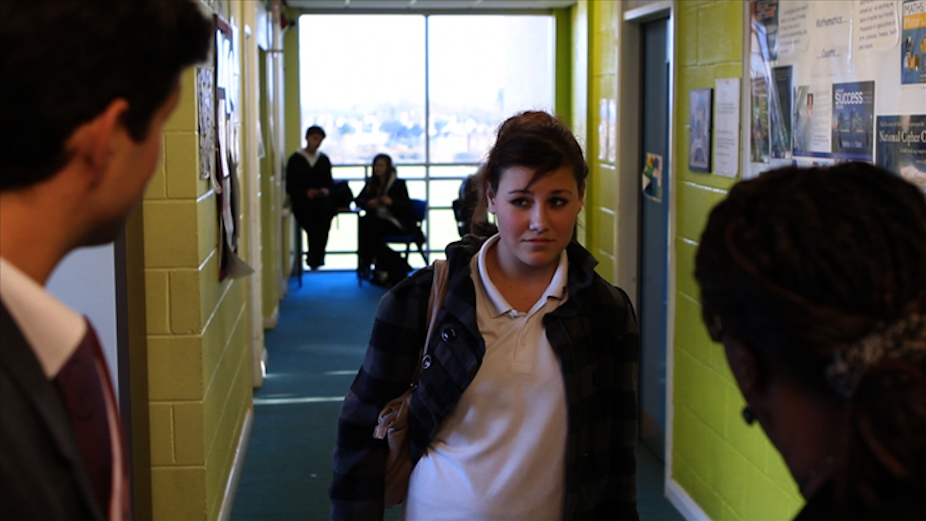Imagine a classroom where children are unable to wait their turn or stay focused on their work. They are easily distracted, cannot remember basic instructions or hold enough information in their head to solve problems – skills teachers rely on in order to teach successfully.
These behavioural issues are all examples of problems that can arise from attachment issues – based on the relationship between children and their main caregiver.
Attachment theory is now one of the world’s most well-researched theories about human development. It was first proposed by the 20th-century British psychiatrist John Bowlby, who considered that children needed to develop a secure attachment with their main caregiver via sufficiently consistent, responsive, sensitive, appropriate and predictable care and support.
Research has shown that secure attachments create mental processes that enable a child to regulate emotions and attune to others. Securely attached children also have self-understanding and insight, empathy for others and appropriate moral reasoning.
In turn, these processes support the foundation of “executive functioning skills”. These entail a range of key skills that enable children to focus, hold and manipulate information, solve problems, make decisions, persist at tasks, inhibit impulsive behaviour, set goals and monitor their progress. These are all the skills needed for academic learning in the classroom.
Trauma takes its toll
Insecure attachments develop if early interactions between a child and their parent or caregiver are more negative, more inconsistent or more insensitive. They can also develop if the parent is unresponsive, inappropriate or unpredictable. This can have unfortunate consequences for a child’s achievements in school. Insecurely attached children invariably have lower academic grades, have reduced social competence, are less willing to take on challenges and have higher levels of ADHD and delinquency.
Children who have experienced early relational trauma, in particular, appear to have difficulty in developing effective executive functioning skills. They often have a reduced capacity to plan ahead, inhibit inappropriate behaviour and self-reflect. They also often have poor concentration, are restless and struggle with relationships.
Attachment research indicates that at least one-third of children have an insecure attachment with at least one caregiver, which in turn is likely to affect their school performance and behaviour.
One study in 2004, of 162 primary school children living in Clackmannanshire, indicated that 98% had experienced one or more trauma event (such as divorce or an accident) and for one in four this trauma resulted in behavioural or emotional disturbance. Other studies have suggested that a large proportion of children with ADHD may have attachment issues.
Making teachers aware
Attachment theory is well known to professionals within health and social care, but is less understood by teachers. Teachers may misinterpret insecurely attached children’s behaviour as uncooperative, aggressive, demanding, impulsive, withdrawn, reactive or unpredictable. So it’s important for teachers to better understand this behaviour and some of its possible causes.
Increasingly, research in attachment is turning its attention to its relevance to the classroom teacher and their pupils.
Some pilot studies in England have been working towards increasing teachers’ knowledge and insight into attachment theory and its implications for the classroom. New ways of thinking, which include adopting whole-school strategies as well as targeted interventions with individual children based on attachment principles and processes, are being implemented in numerous schools around the country.
Examples of interventions include the use of emotion coaching (a way of communicating during behavioural incidents), nurture groups and theraplay, a form of family therapy designed to reinforce attachment between parents and children. These pilot studies of an “attachment aware” approach are yielding some promising results.

These include significant reductions in behavioural incidents, improved attendance, gains in maths and English scores beyond expected levels and improved well-being in both children and school staff.
This evidence suggests that such strategies provide longer-term solutions and are more cost-effective than many of the existing systems in place. As one deputy headteacher noted:
It took a series of children with needs that we just found hard to identify until we started to apply attachment theory thinking. And it just unlocked these children and made us able to understand what was going on with far greater clarity. As a result we got to make much more progress with them.
Some critics might consider that “attachment aware schools” will distract teachers from their focus on acquiring knowledge, but we are not advocating that teachers become therapists or take over parents’ roles. We do consider, however, that attachment theory opens up new opportunities for teachers to revisit traditional ways of managing children’s behaviour and acquire new insights and solutions for the benefit of pupils and teachers alike.

